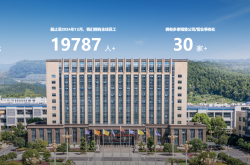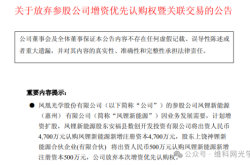Foxconn hedges its bets: Relocating back to China is true, increasing investment in India is also true
![]() 08/08 2024
08/08 2024
![]() 434
434
Recently, many media reports claimed that Foxconn, which has been gradually shifting its manufacturing to India, has recently seen a reversal, with production capacity relocating back to China and signing an agreement with the Henan government to build a new headquarters building, reinforcing Made in China.
At the same time, some media outlets have also reported that iPhone orders are beginning to shift towards mainland China. This is attributed to the lackluster performance of manufacturing in India, which faces issues such as low yield rates and inadequate health management standards. Apple fears that if the iPhone 16 is manufactured in India, it may face boycotts, leading to the decision to relocate production back to China to ensure a smooth launch of the iPhone 16 series.
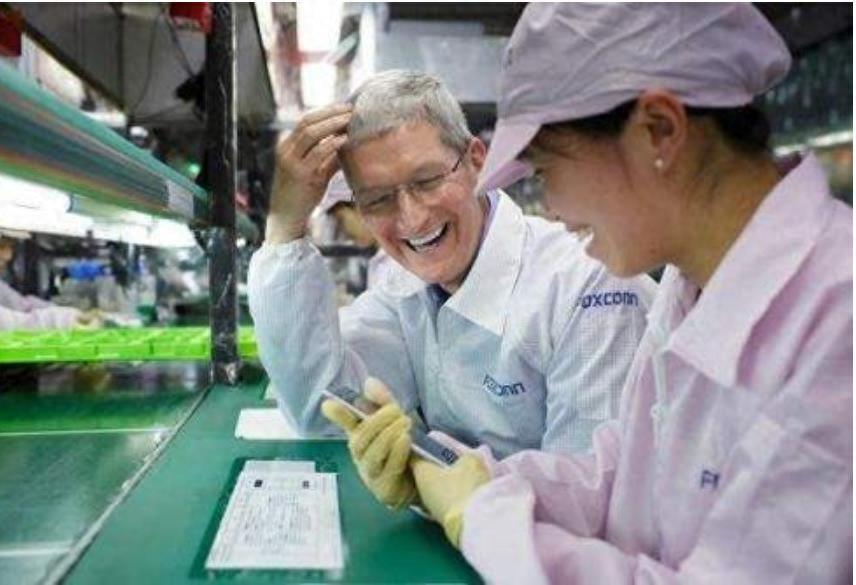
So the question arises: has Foxconn really relocated back to mainland China?
Honestly, the relocation is not entirely unfounded, but rather has a certain basis.
On the one hand, Foxconn, as Apple's largest contract manufacturer, handles more than half of the production capacity for iPhones. This year's iPhone 16 is crucial for Apple, especially given its underwhelming performance in the Chinese market. Stable supply chains will become one of the key factors.
Under such circumstances, Apple has indeed shifted some production capacity back to Chinese contract manufacturers. In addition to Foxconn's increased orders, Apple has also introduced BYD, Luxshare Precision, and other major players into its supply chain to ensure product quality meets standards.

With over a month to go before the launch of the iPhone 16 series, Foxconn's factory in Zhengzhou is working overtime to produce the iPhone 16 and prepare for Apple's initial sales.
Furthermore, with the rapid development of China's electric vehicle industry, Foxconn has also ventured into electric vehicle contract manufacturing. Therefore, Foxconn has also stated that once the timing is right, Hon Hai will establish manufacturing capabilities in mainland China, shifting its focus from mobile phones to electric vehicle production.
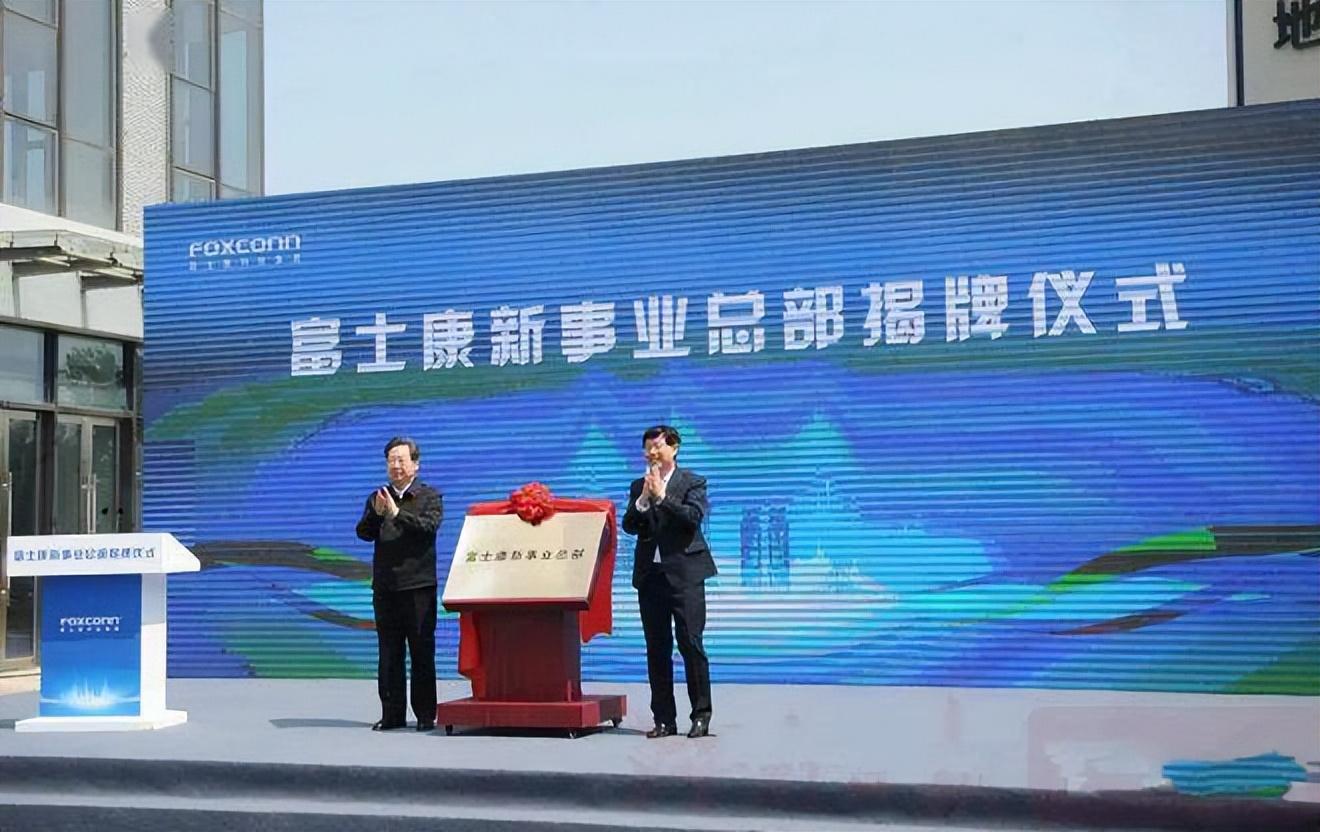
However, apart from relocating back to mainland China, Foxconn is also increasing its investment in India. These two strategies are not mutually exclusive. Relocating back to China does not mean abandoning or reducing investment in India, where Foxconn's investments are genuine.
Over the past few years, Foxconn has made several significant investments in India, totaling billions of dollars. It plans to double its investment in India by 2024.
Foxconn in India is not just an iPhone contract manufacturer; it also aims to produce for Xiaomi, OV, and others. Therefore, it has not retreated from India or reduced its investments there.
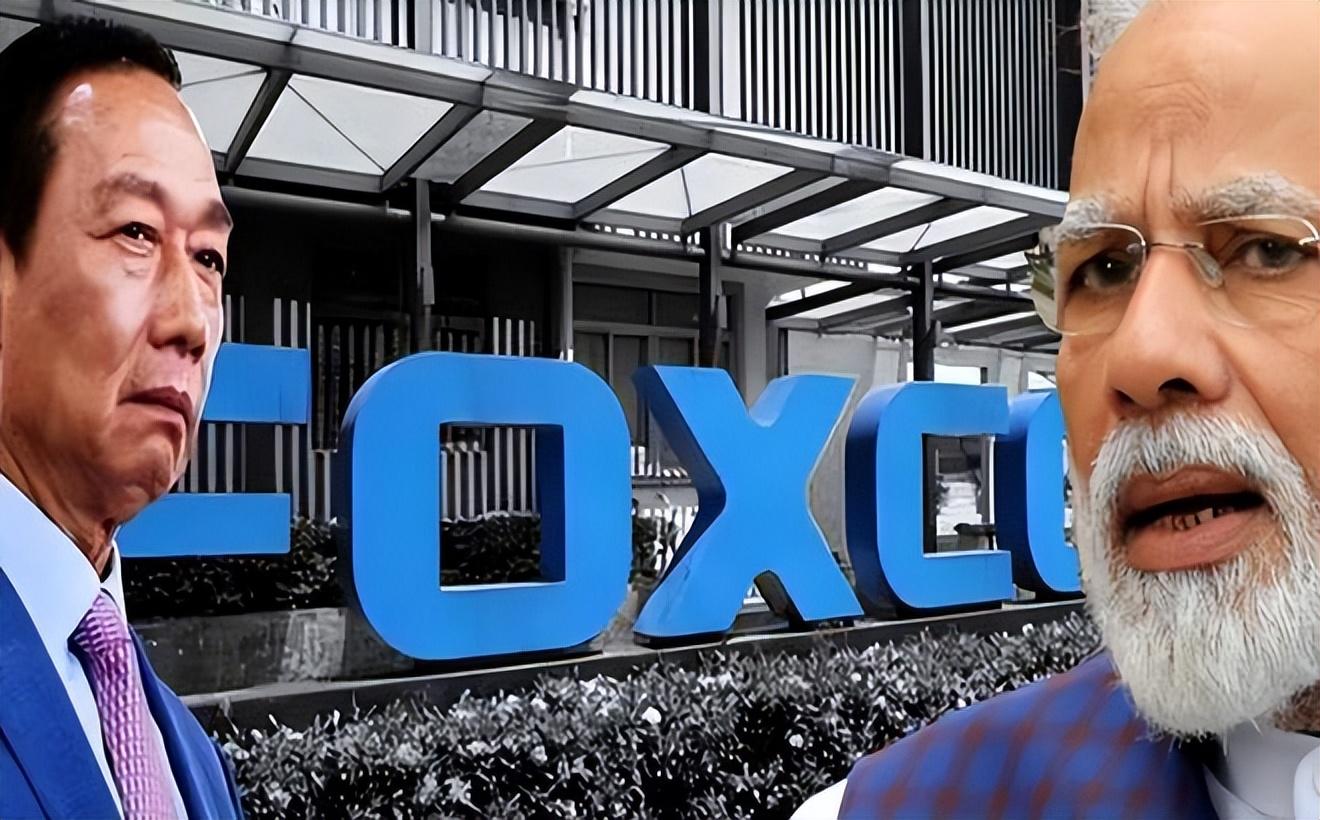
For Foxconn, hedging its bets on both sides is the most suitable approach. On the one hand, the Indian market has immense potential, and investing in India while following Apple's footsteps is undoubtedly a wise move.
Increasing investment in mainland China, on the other hand, allows for flexibility, both offensively and defensively. Therefore, for Foxconn, there is no strategy of focusing on one side while abandoning the other. Hedging its bets on both sides is the best approach.
Currently, the strategy of increasing investment in India has not undergone any fundamental changes. The only adjustment is a slowdown in pace due to Apple's reasons. What do you think?




